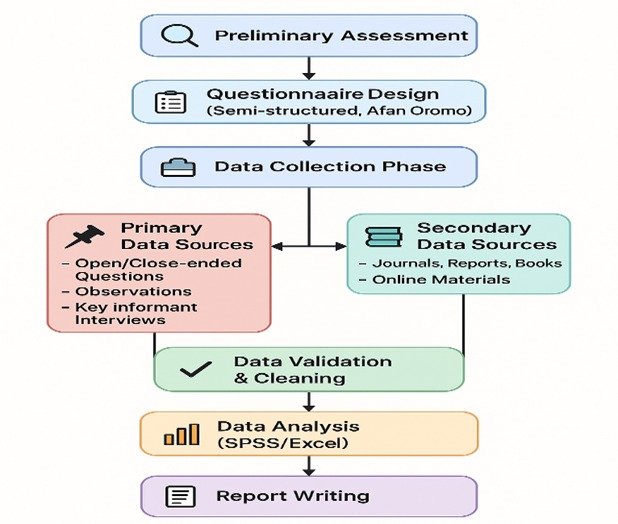Production system of scavenging chicken strains in amuru district, western oromia, Ethiopia
Keywords:
Agro Ecology, Chicken Strains, Production, System Scavenging Chicken, Predator Attacks.Abstract
This study was undertaken to assess the production systems of different scavenging chicken strains in Amuru District of Horro Guduru Wallaga Zone, Western Oromia, Ethiopia. A total of 171 households were randomly selected from three agro-ecological zones namely, highland, midland, and lowland to participate in the study. Survey data was collected using semi structured questionnaires; focus group discussions, and personal observations. The results revealed that type of management systems practiced by respondents in the study district was extensive and semi-intensive accounting for 97% and 3%, respectively. Women and children played significant roles in managing chickens. The most common constraints faced by producers included disease outbreaks, predator attacks, lack of improved breeds, poor housing, and limited access to veterinary services. Despite these challenges, indigenous knowledge and adaptive strategies, such as using ethnoveterinary medicine and traditional hatching methods, were widely practiced. The study concludes that while indigenous chicken production is culturally and economically important in the district, there is a need for targeted interventions focusing on health care, control of predator’s breed improvement, and management practices to enhance productivity and livelihoods.
Downloads

Published
How to Cite
Issue
Section
Copyright (c) 2025 Authors

This work is licensed under a Creative Commons Attribution 4.0 International License.




